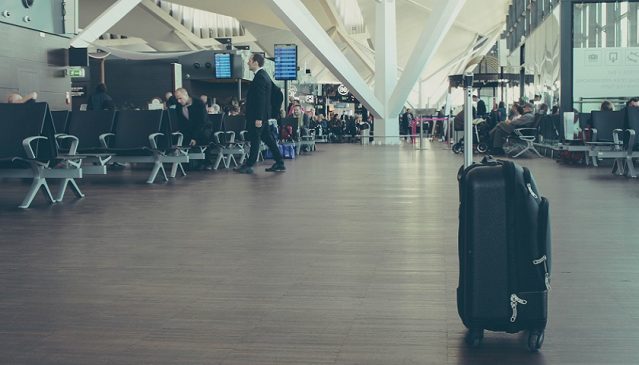San Diego International Airport (SAN) is now using mobile device detecting sensors to provide taxis when needed.
San Diego’s use of mobile device detecting sensors is helping to identify taxi rank bottlenecks and enable the airport to provide taxis when needed.
The airport decided to look into providing real-time data to report taxi wait time after receiving concerns about taxi wait times.
They researched available systems that would help improve taxi and shuttle van customer waiting times. After evaluation, they selected the BlipTrack solution from Denmark-based BLIP Systems.
The solution is able to monitor taxi queues and provide waiting time information on a historical and real-time basis.
With this data, the airport is now able to manage and improve tactical management, to plan more effectively before the day and allocate resources more effectively on-the-day.
The airport can monitor passenger queue and dwell times within the airport, and can use the data to display waiting times to passengers and real-time data to airport resource planners.
How it works
The sensors at San Diego International Airport are passive and do not work like iBeacons.
BlipTrack sensors automatically, and without interaction from passengers, detect mobile devices with enabled Bluetooth or Wi-Fi.
David J. Boenitz, Director of Ground Transportation at San Diego International Airport:
We chose the BlipTrack solution because it is a cost-effective and reliable solution. With almost a full year of operation, the system has helped identify time periods where taxi passenger wait times exceed 10 minutes, thereby allowing us to assess schedule deficiencies and taxi dispatches. The data has greatly helped improve the customer experience by providing us the ability to schedule taxis to be available when needed.”
Christian Bugislaus Carstens, Marketing Manager at BLIP Systems:
The sensors at San Diego International Airport are passive and do not work like iBeacons.
BlipTrack sensors automatically, and without interaction from the travelers, detect mobile devices with enabled Bluetooth or Wi-Fi, so the penetration rate is also significantly higher at 40% than with iBeacons at 1%.
In order for iBeacons to work as a tool to optimize queue and monitor flow, the technology requires that passengers download a mobile app.
However, recent studies show that few travelers download these apps, which significantly affects the penetration rate negatively in order to provide trustworthy data.”
JFK and Brussels Airport have also adopted the solution to improve their taxi rank performance.
Supplier
The system is supplied by Danish company, BLIP systems.
BLIP Systems is a privately held information technology company with headquarters near Aalborg, Denmark.
The system, BlipTrack, measures and predicts movements of people and vehicles.
It used at many airports globally.
N.B. Image credit: BLIP systems







